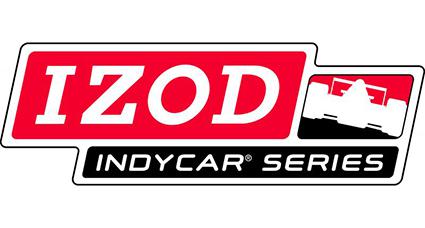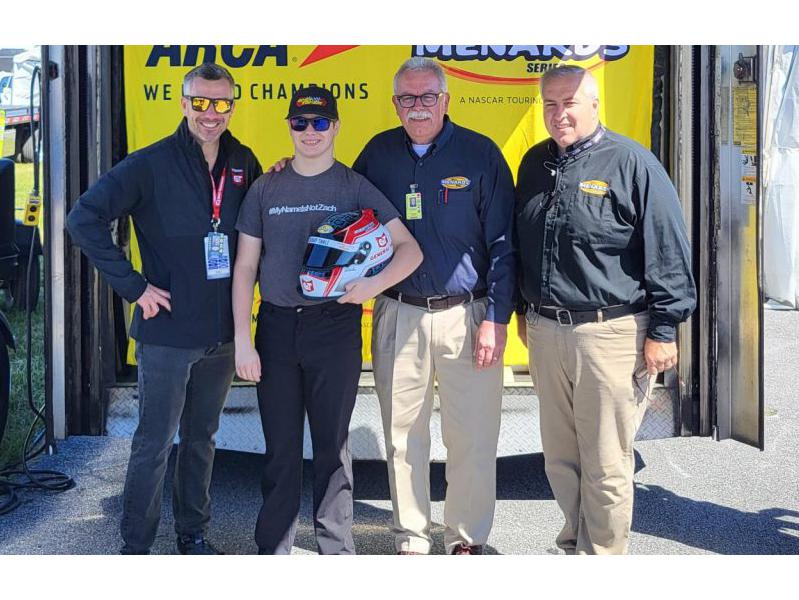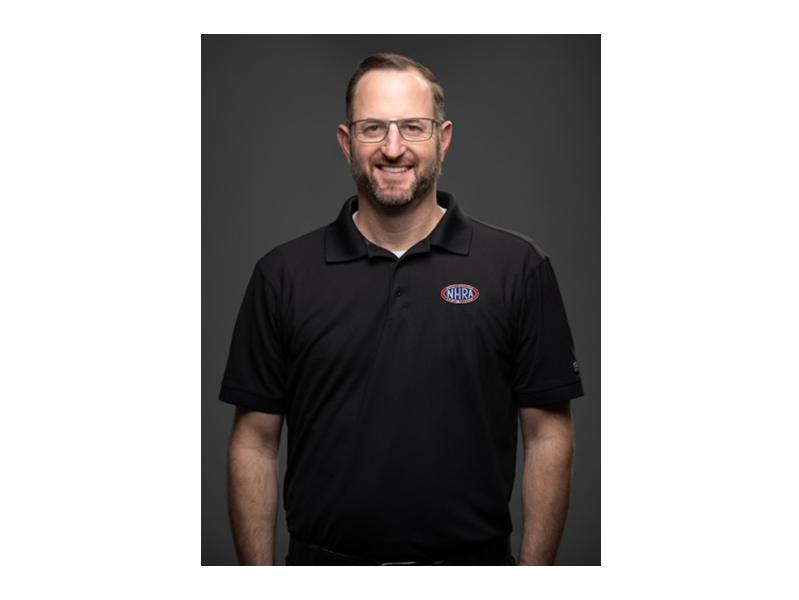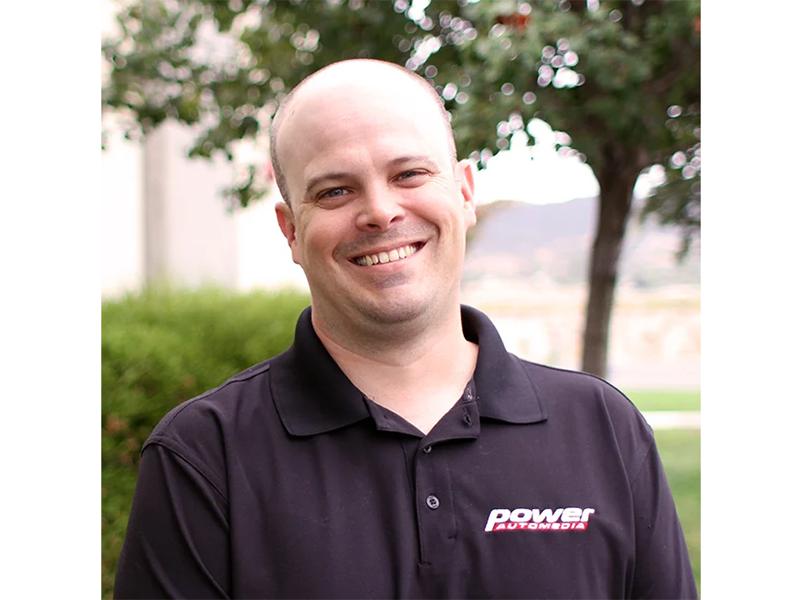IndyCar Announces Long-Range Competition Strategy
Image

Aerodynamic configurations for IZOD IndyCar Series cars will be introduced and utilized for all races on the 2015 schedule and include separate specifications for superspeedway and road/street/short ovals.
That's the big news in a competition strategy timeline of technical innovation and safety enhancement outlined by IndyCar president of competition and operations Derrick Walker before the recent Race 2 of the Chevrolet Indy Dual in Detroit presented by Quicken Loans. The timeline runs through the 2021 season.
Areas open for potential development by IndyCar-approved aero configuration manufacturers include sidepods, engine cover and front and rear wing end plates. Mainplane inclusion in aero configurations is dependent on a chassis underwing development project to address lift potential undertaken by the IndyCar Competition Committee, Dallara and engine manufacturers Chevrolet and Honda will be determined at a later date.
“This is the first step in making the incremental changes to our cars toward further enhancing speed, innovation and safety,” Walker said. "As we continue to look at all methods of advancing safety and competition, our initial task it to prepare our current chassis for the further increases of speed we hope to see with the addition of new aero configurations in 2015.
Introduction of aero "kits" would be a "lose drag, go faster pill," according to Walker, aiding in surpassing the Indianapolis 500 Mile Race four-lap qualification speed record in 2016 (the 100th running of "The Greatest Spectacle in Racing") set by Arie Luyendyk in 1996 (236.986 mph average). Ed Carpenter earned the Verizon P1 Award on May 18 with a four-lap average of 228.762 mph for the 97th Indianapolis 500.
Utilization of aerodynamic pieces is contingent on manufacturers' agreement to the rules, which will be available in the next few weeks, and buy in from team owners.
Walker also noted that the timeline includes team development beginning in 2017, which would "get back to more of a variation in our competition." It would be controlled, Walker said, "because all the teams want to see us monitor the show, make sure there's no cheating going on, no bending of the rules. We need to keep the competition fair for everybody."
Extending the life of the current chassis, which was introduced in 2012, with a facelift of body styling and safety enhancements is an option later this decade given the current global economic conditions.
Initiatives outlined as part of the IZOD IndyCar Series long-term strategy include:
• 2013 – IndyCar, Dallara and engine manufacturers explore redefining the underbody in preparation for the addition of aero configuration kits in 2015.
• 2014 – Engine upgrades as part of the current homologation process; downforce adjustments to enhance racing, overtaking as well as safety at various racetrack configurations, as needed.
• 2015 – Aero configuration components introduced for the full IZOD IndyCar Series season in conjunction with enhancements to the underbody.
• 2016 – Opportunity for tire development, if needed with Firestone, as well as engine power enhancements as required.
• 2017 – Possible aero configuration kits and engine upgrades. Potential for areas on car to be opened for team development.
• 2018 – Competition enhancements made based on performance of 2017 package.
• 2019 – Review of current body and engine specification for potential upgrades and/or changes.
• 2020 – Competition enhancements made based on performance of 2019 package.
• 2021 – Possible aero configuration upgrade.
That's the big news in a competition strategy timeline of technical innovation and safety enhancement outlined by IndyCar president of competition and operations Derrick Walker before the recent Race 2 of the Chevrolet Indy Dual in Detroit presented by Quicken Loans. The timeline runs through the 2021 season.
Areas open for potential development by IndyCar-approved aero configuration manufacturers include sidepods, engine cover and front and rear wing end plates. Mainplane inclusion in aero configurations is dependent on a chassis underwing development project to address lift potential undertaken by the IndyCar Competition Committee, Dallara and engine manufacturers Chevrolet and Honda will be determined at a later date.
“This is the first step in making the incremental changes to our cars toward further enhancing speed, innovation and safety,” Walker said. "As we continue to look at all methods of advancing safety and competition, our initial task it to prepare our current chassis for the further increases of speed we hope to see with the addition of new aero configurations in 2015.
Introduction of aero "kits" would be a "lose drag, go faster pill," according to Walker, aiding in surpassing the Indianapolis 500 Mile Race four-lap qualification speed record in 2016 (the 100th running of "The Greatest Spectacle in Racing") set by Arie Luyendyk in 1996 (236.986 mph average). Ed Carpenter earned the Verizon P1 Award on May 18 with a four-lap average of 228.762 mph for the 97th Indianapolis 500.
Utilization of aerodynamic pieces is contingent on manufacturers' agreement to the rules, which will be available in the next few weeks, and buy in from team owners.
Walker also noted that the timeline includes team development beginning in 2017, which would "get back to more of a variation in our competition." It would be controlled, Walker said, "because all the teams want to see us monitor the show, make sure there's no cheating going on, no bending of the rules. We need to keep the competition fair for everybody."
Extending the life of the current chassis, which was introduced in 2012, with a facelift of body styling and safety enhancements is an option later this decade given the current global economic conditions.
Initiatives outlined as part of the IZOD IndyCar Series long-term strategy include:
• 2013 – IndyCar, Dallara and engine manufacturers explore redefining the underbody in preparation for the addition of aero configuration kits in 2015.
• 2014 – Engine upgrades as part of the current homologation process; downforce adjustments to enhance racing, overtaking as well as safety at various racetrack configurations, as needed.
• 2015 – Aero configuration components introduced for the full IZOD IndyCar Series season in conjunction with enhancements to the underbody.
• 2016 – Opportunity for tire development, if needed with Firestone, as well as engine power enhancements as required.
• 2017 – Possible aero configuration kits and engine upgrades. Potential for areas on car to be opened for team development.
• 2018 – Competition enhancements made based on performance of 2017 package.
• 2019 – Review of current body and engine specification for potential upgrades and/or changes.
• 2020 – Competition enhancements made based on performance of 2019 package.
• 2021 – Possible aero configuration upgrade.
 MEMBERSHIP LOGIN
MEMBERSHIP LOGIN JOIN PRI
JOIN PRI


